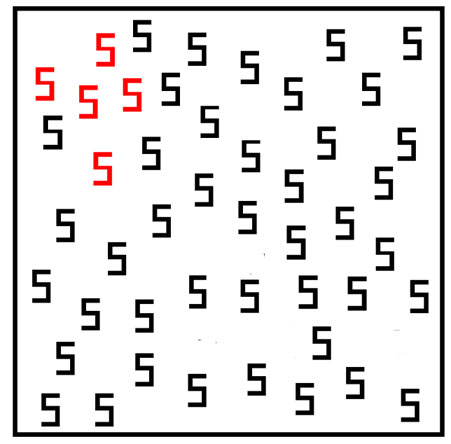

#Auditory tactile synesthesia test skin#
Vibrations on the skin tend to make the sound heard by people appear to be so loud. As such, it can be concluded that vibrations can boost hearing sounds and vice versa. This is because the sound of the mosquito has the same frequency as the vibration caused as a result of the flapping of the wings. Using the example of a mosquito buzz, people tend to feel their skin prickle with the buzz of a mosquito. The frequency of the sound and the vibration should be the same to be effective. Research has also revealed that people with hearing ability are much better at feeling a combination of extremely low vibrations applied on the skin with extremely weak sounds than when one of the stimulus is applied alone. Some specialist in the field of neurology such as Elizabeth Courtenay Wilson suggest that the ears might have evolved from the skin in order to do more sophisticated and fine tuned analysis of sound frequencies.

Many studies have come up to find auto the relationship between the skin and the ears as a result of this condition. However, Tony Ro, a neurologist at the City College of New York claim that it is caused by links that might develop between the parts of the brain that process sound and the somatosensory region which deals with touch. Just like most types of synesthesia, the real cause of hearing-touch synesthesia has not been established. Such sensations are normally as a result of hearing-motion synesthesia. For instance, people have claimed that they are feeling some physical discomfort especially with the background noise of the plane. It is a very rare condition in which an individual develops tactile feelings or senses upon hearing some sounds. Hearing-touch synesthesia is among the over 20 varieties of synesthetic tendencies exhibited by the synesthetes who make less than one percent of the world's population.


 0 kommentar(er)
0 kommentar(er)
